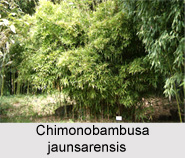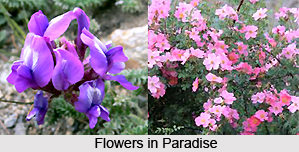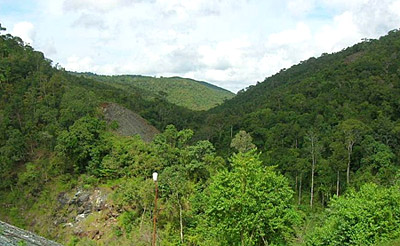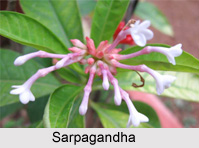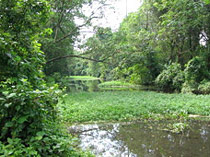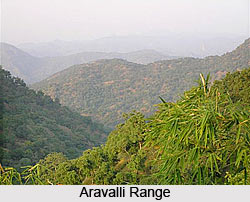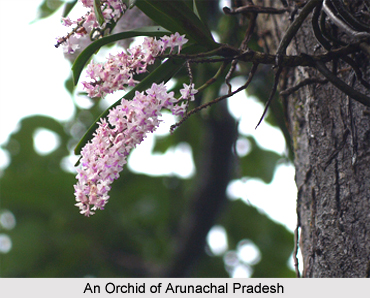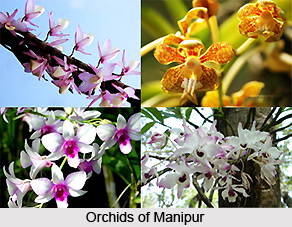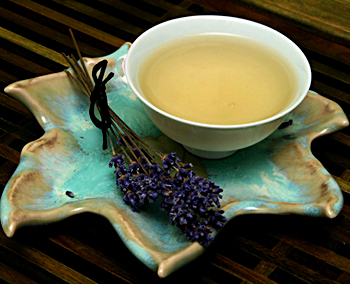 Jasmine is a well known decorative and aromatic shrub and it is popular with number of uses and applications. Among the various uses of Jasmine, the most important of all is its medicinal use. The fragrance of the flower can be used to uplift the essential vital energy of the soul. Jasmine is considered to be a powerful herb that can be used to treat a number of ailments. Furthermore, daily consumption of Jasmine tea is effective in preventing certain cancers. Many species also yield an essential oil which is used in the production of perfumes.
Jasmine is a well known decorative and aromatic shrub and it is popular with number of uses and applications. Among the various uses of Jasmine, the most important of all is its medicinal use. The fragrance of the flower can be used to uplift the essential vital energy of the soul. Jasmine is considered to be a powerful herb that can be used to treat a number of ailments. Furthermore, daily consumption of Jasmine tea is effective in preventing certain cancers. Many species also yield an essential oil which is used in the production of perfumes.
According to ayurveda, Jasmine is used as an herbal medicine that holds elements to cure fevers and conjunctivitis. The flower is preferred by all for its medicinal and remedial properties. The uses of Jasmine flower are for removing intestinal worms and are also used for jaundice and venereal diseases. The flower buds are useful in treating ulcers, vesicles, boils, skin diseases and eye disorders. The leaves extracts can be used against breast tumours. Drinking Jasmine tea regularly helps in curing cancer. Its oil is very effective in calming and relaxing. Jasmine tea which is made from star jasmine or night blooming jasmine is considered to be a brilliant way to bring balance to the body after heat exhaustion or sunstroke. The fresh juice squeezed from the plant and flower is effective in dealing with corns on the foot. Skin conditions such as sunburn or rashes are said to benefit from the application of a lotion made with jasmine. Uses of jasmine can be identified as healing element for skin.
Uses of Jasmine prove excellent in Aromatherapy. The flower is used in the form of body oils, incense, or scented candles. The pleasant aroma provided by the flower helps strengthening the mood. In addition to that the delicate scent of the flower is used to overcome depression. The flower is thus extended in relieving stress, and treating insomnia by helping the individual to relax. Furthermore, Jasmine oil is used for making perfumes and incense. The oil extracted from the flower is also used in creams, shampoos and soaps. Besides, medicinal utilization, uses of Jasmine flowers is connected to religious significance. The flowers have cultural meaning too. Jasmine is worn by women in India in their hair and even used to cover the face of the bridegroom in certain customs.
